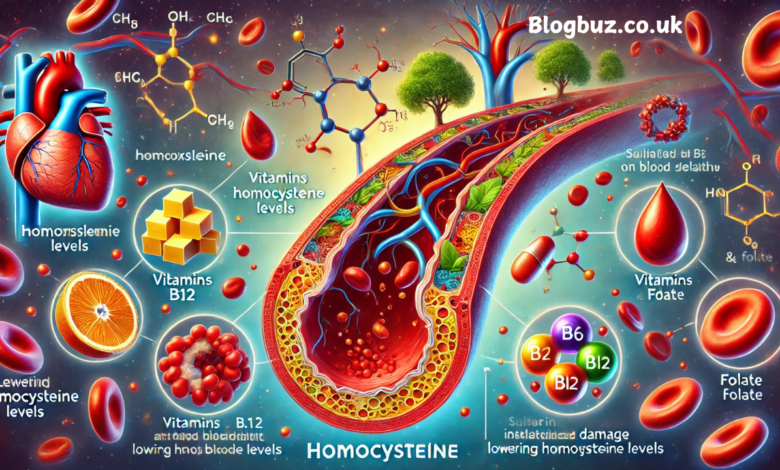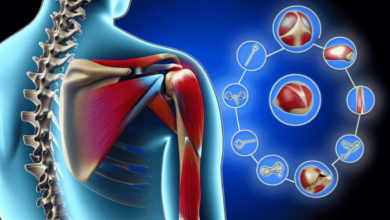Elevated Homocysteine: A Deep Dive into Omocisteina 17.46

Homocysteine, a sulfur-containing amino acid, is a critical biomarker in cardiovascular and neurological health. Elevated levels, such as 17.46 µmol/L, can signal underlying health issues that require attention. This article explores the implications of elevated homocysteine levels, their causes, and potential interventions.
What is Homocysteine?
Homocysteine is formed in the body when methionine, a necessary amino acid obtained from food protein, is metabolized. Typically, homocysteine is recycled back into methionine or converted into another amino acid, cysteine, with B vitamins, including B6, B12, and folate.
Significance of a 17.46 µmol/L Level
A homocysteine level of 17.46 µmol/L is considered elevated and may increase the risk of several health issues. The normal range for homocysteine levels in the blood is between 4 to 15 µmol/L. Levels exceeding 15 µmol/L are typically a cause for concern and warrant further investigation.
Health Risks Associated with High Homocysteine
- Cardiovascular Disease: Research has shown that elevated homocysteine levels are a risk factor for heart conditions, including heart attack and stroke. Homocysteine may promote atherosclerosis by damaging the inner lining of arteries and promoting blood clots.
- Neurological Impact: High levels of homocysteine have been connected to a higher chance of developing Alzheimer’s and other dementias. It contributes to brain damage and cognitive decline through oxidative stress and inflammation.
- Bone Health: Elevated homocysteine can interfere with collagen cross-linking, weakening the bone matrix and increasing fracture risk.
Causes of Elevated Homocysteine Levels
Several factors can contribute to an increase in homocysteine levels:
- Vitamin Deficiencies: Insufficient B vitamins are a primary cause of high homocysteine levels. These vitamins are crucial co-factors in the metabolic pathways that convert homocysteine into other substances.
- Genetic Variables: Specific genetic alterations, such as those found in the MTHFR gene, can lead to poor folate metabolism and higher homocysteine levels.
- Lifestyle Factors: Not exercising, smoking, and drinking too much alcohol can all lead to elevated homocysteine levels.
- Medical Conditions: Kidney disease, hypothyroidism, and certain cancers have been associated with high levels of homocysteine.
Testing and Diagnosis
Testing for homocysteine levels typically involves a simple blood test. It is often recommended for individuals with a family history of heart disease or when multiple cardiovascular risk factors are present.
Management and Treatment
Managing elevated homocysteine levels involves addressing the underlying causes and may include:
- Dietary Adjustments: Increasing the intake of folate-rich foods such as leafy greens, fruits, and fortified cereals can help. B-vitamin supplements may also be recommended.
- Lifestyle Changes: Quitting smoking, reducing alcohol intake, and incorporating regular physical activity can lower homocysteine levels.
- Medical Intervention: Sometimes, medication may be required to manage conditions contributing to high homocysteine.
Conclusion
Understanding the implications of elevated homocysteine levels, such as those indicated by omocisteina 17.46, is crucial for preventing severe health issues. Proper dietary and lifestyle adjustments, supplemented by medical intervention when necessary, can manage these levels effectively and mitigate associated health risks. Frequent examinations and discussions with a medical professional are recommended to maintain optimal health and prevent the complications associated with high homocysteine levels.
FAQs on Omocisteina 17.46
What is homocysteine?
The body creates the sulfur-containing amino acid homocysteine as a byproduct of methionine, an essential amino acid found in dietary protein. It is not obtained from the diet but formed from methionine through a multi-step process.
Why is a homocysteine level of 17.46 µmol/L concerning?
A homocysteine level of 17.46 µmol/L is considered elevated and may increase the risk of cardiovascular diseases, neurological conditions, and bone health issues. The usual range falls between 4 and 15 µmol/L.
What possible health hazards might cause high homocysteine levels?
Elevated homocysteine levels have been linked with an increased risk of heart attack, stroke, Alzheimer’s disease, and osteoporosis. It is associated with artery damage and blood clots and can impair cognitive and bone health.
What causes high homocysteine levels?
Vitamin B12, B6, or folate deficiencies, genetic factors, specific drugs, and lifestyle decisions like smoking and lack of exercise can cause high homocysteine levels. Kidney disease can also elevate homocysteine levels by reducing the body’s ability to process this amino acid.
How can elevated homocysteine levels be managed?
Managing high homocysteine levels involves dietary modifications to increase B vitamin intake, lifestyle changes like quitting smoking and regular exercise, and sometimes medication. It is also essential to manage any underlying health conditions contributing to high levels.
You May Also Read: MSM and B1 Mixer: Enhancing Health Naturally




